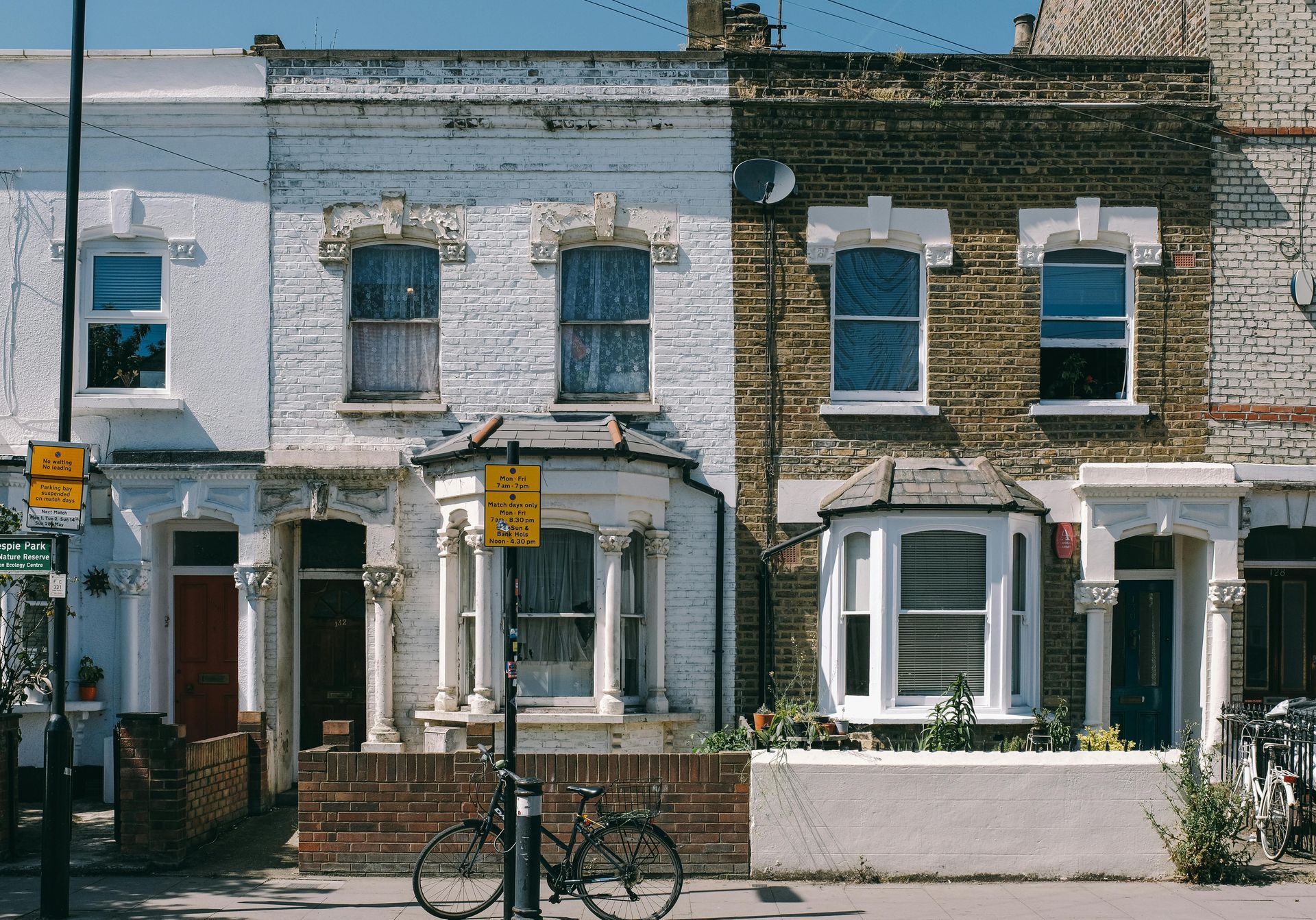How to Compare UK Remortgage Rates and Find the Best Deal
Remortgaging is a process in which homeowners renegotiate the terms of their mortgage with a new lender or their current lender. The goal is to find a better deal on interest rates, mortgage terms, or both. With the current economic climate, many homeowners are looking to remortgage, reduce their monthly mortgage payments, or to release equity from their property.
Remortgaging is a big decision, and it is essential to understand the process, The Pros and Cons of Remortgaging Your Home, and find the best deal for your specific situation. In this article, we will discuss how to compare UK remortgage rates and find the best deal. We will explain the different types of remortgage rates, provide tips for comparing rates, and offer advice on how to negotiate with lenders to get the best deal.
Understanding Remortgaging
Before diving into the process of remortgaging, it is essential to understand what remortgaging is and how it works. When you remortgage, you are essentially taking out a new mortgage on your property, replacing your current mortgage with a new one. The new mortgage can be with your current lender or a new lender.
The benefits of remortgaging are many. The most significant benefit is the ability to take advantage of lower interest rates. By remortgaging, you can reduce your monthly mortgage payments and save thousands in interest over the life of your mortgage. Additionally, remortgaging can also give you the opportunity to change the terms of your mortgage, such as extending the mortgage term or switching from a fixed rate to a variable rate.
How to Compare Rates
When it comes to remortgaging, the first step is to compare rates. There are several types of remortgage rates, including fixed, variable, and tracker rates. It's important to understand the differences between these types of rates to find the best deal for your specific situation.
Fixed rates are the most popular type of remortgage rate.
With a fixed rate, the interest rate remains the same for the life of the mortgage. This means that your monthly mortgage payments will be the same each month, making it easier to budget and plan for the future.
Variable rates, on the other hand, can fluctuate with the market.
This means that your monthly mortgage payments can change depending on the interest rate at the time. Variable rates can be a good option if you think interest rates will decrease in the future, but they can also be risky as they can increase, resulting in higher monthly payments.
Tracker rates are linked to the Bank of England's base rate.
This means that if the base rate goes up, your mortgage rate will also go up, and if the base rate goes down, your mortgage rate will also go down. Tracker rates can be a good option if you think interest rates will decrease in the future, but they can also be risky as they can increase, resulting in higher monthly payments.
When comparing rates, it's also essential to consider the fees and charges associated with the remortgage deal. Many lenders will charge an application fee, an arrangement fee, or both. These fees can add up quickly, so it's essential to take them into account when comparing rates.
Finding the Best Deal
Once you have compared rates and found a few deals that you are interested in, it's time to negotiate with the lender to find the best deal. Before approaching a lender, it's important to have all of your financial information in order, including your credit score, income, and expenses. A good credit score will give you more leverage when negotiating with a lender and can result in a lower interest rate.
When negotiating with a lender, it's essential to be upfront about your financial situation and what you are looking for in a remortgage deal. Don't be afraid to ask for a lower interest rate or to negotiate the terms of the mortgage. Lenders are often willing to work with homeowners to find a deal that is mutually beneficial.
Additionally, it's essential to consider the long-term implications of a remortgage deal. While a low interest rate may seem attractive in the short-term, it's important to consider the length of the mortgage term and the total cost of the loan over the life of the mortgage. It's also important to consider the fees and charges associated with the remortgage deal and how they will affect your monthly mortgage payments.
Conclusion
Remortgaging can be a great way to take advantage of low-interest rates and reduce your monthly mortgage payments. However, it's essential to understand the process and find the best deal for your specific situation. By comparing rates, negotiating with lenders, and considering the long-term implications of a remortgage deal, you can find a remortgage deal that meets your needs and saves you money in the long run.
In conclusion, remortgaging is a big decision that requires proper planning, research and negotiation. it's essential to understand the different types of remortgage rates, compare rates and fees, and have all your financial information in order before approaching a lender to ensure that you find the best deal for your specific situation.
How Can Willow Private Finance Help?
At Willow Private Finance, we understand the importance of finding the best remortgage deal for our clients' specific situations. Navigating the process can be overwhelming with so many options and lenders available. That's why we offer our expertise to help our clients understand the different types of remortgage rates, compare rates and fees, and negotiate with lenders to find the best deal for them. Our team has access to a wide range of deals and can provide expert advice to ensure that our clients find a remortgage deal that meets their needs and saves them money in the long run. At Willow Private Finance, we give our clients the support and guidance they need to navigate the remortgaging process and find the best deal for them, giving them peace of mind.










